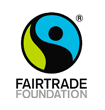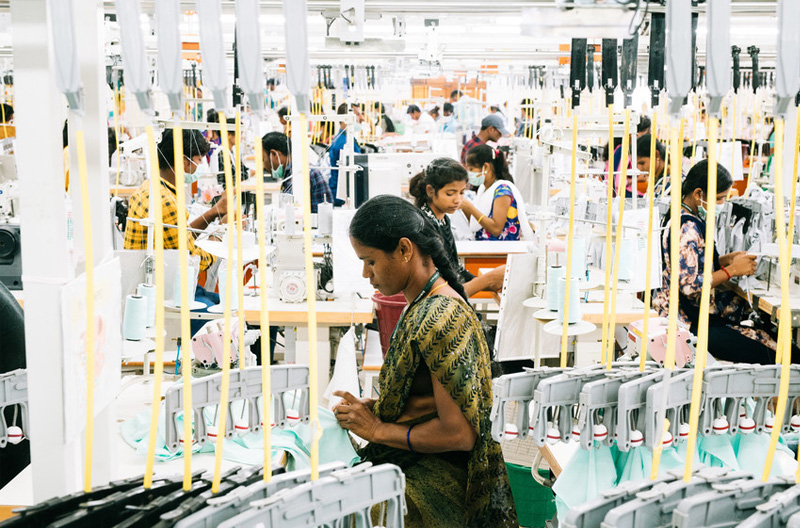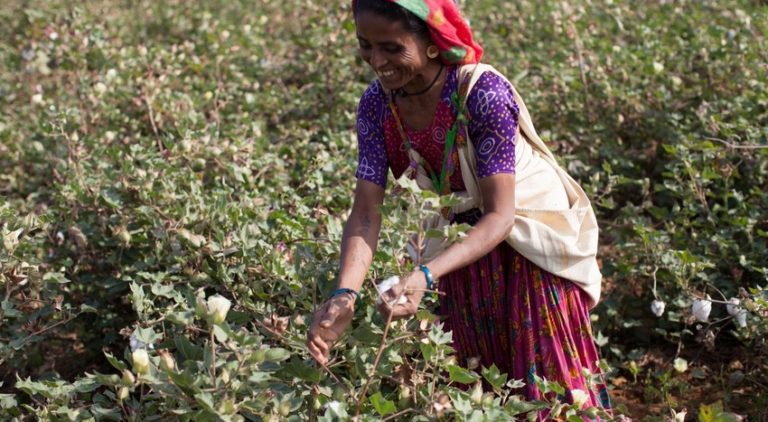A Q&A with Fairtrade’s Senior Cotton and Textiles Lead, Subindu Garkhel.
On the morning of 24 April 2013, the Rana Plaza garment factory in Savar, Bangladesh, collapsed.
The building had suffered a dramatic structural failure: its eight floors crumbling on top of each other and into heaps of gnarled rebar and pulverised concrete.
The garment and textile workers who had just turned up for their daily shift could do little as the weight of the entire building fell upon them. Once the clouds of dust had cleared, more than 1,000 garment and textile workers had died and over 2,500 had been injured.
To this day, the tragedy is remembered by the grim record it set: it remains one of the deadliest structural failures in modern times and Bangladesh’s worst industrial disaster.
But the Rana Plaza disaster also marked a paradigm shift in the conversation around sustainable textiles and human rights and environmental due diligence in textile supply chains. It sparked outrage across the world, fueled calls for greater transparency in supply chains, and activists to lobby for a better, fairer, and more sustainable textile and fashion industry.
‘The Rana Plaza tragedy drew attention to the way clothing products were being manufactured and the conditions in which workers were operating,’ explains Subindu Garkhel, Senior Cotton and Textiles Lead at the Fairtrade Foundation. ‘But the impact of the textile industry extends even further back, to the farmers who produce the very cotton which is sourced by the brands. That’s why we continue to call for full supply chain transparency – so brands and manufacturers can have a positive impact before it’s too late.’
The Fairtrade Cotton Standard was launched more than a decade ago to benefit the farmers at the end of a long, complex and sometimes nebulous supply chain. And over this period, Fairtrade has had success in both spotlighting the problems faced by cotton farmers and providing them with tools for empowerment and training. But despite the gains made thus far, the journey towards a fully sustainable and fair textile industry continues.
We spoke to Subindu Garkhel about how the Fairtrade standards are making an impact in the textile supply chain and helping pave the way to a fairer and more sustainable fashion future.
Fairtrade International: This month marks the eighth anniversary of the Rana Plaza disaster. Eight years later, can we be satisfied with the progress that has been made in ensuring the textile industry is safer, greener, and fairer?
Subindu Garkhel: We have seen progress in the textile industry but there’s still much to do and we’re not moving fast enough. The progress has also not been uniform. We’re still struggling with workers and farmers receiving poverty wages. The industry continues to be one of the largest polluters.
Compared to eight years ago, there are now more efforts being made to work towards fair wages and human rights due diligence, to address environmental concerns, and conduct better purchasing practices. But we would certainly like to see the industry do more and do it faster.
Fairtrade International has joined 29 other signatories to call on clothing companies and government regulators to ensure full supply chain transparency in the clothing sector. Why is this call necessary and what does Fairtrade hope to achieve with it?
Subindu Garkhel: The Rana Plaza tragedy drew attention to the way clothing products were being manufactured and the conditions in which workers were operating. In fact, many brands did not even know their products were being manufactured in Rana Plaza. It is for this very reason that we’re calling for full supply chain transparency because businesses must know how their clothes are being produced in order to have a positive impact. In this way, transparency is a tool for bringing about positive change in the textile sector and key to mitigating and addressing any negative impacts.
How can the Fairtrade system help positively impact the textile sector and why does the textile industry need Fairtrade?
Subindu Garkhel: Fairtrade has farmers and workers at the heart of its mission and works for fairness, better conditions, and decent livelihoods. We work with cotton farmers and factory workers throughout the supply chain to ensure that everyone receives an income that benefits them and uplifts their communities.
We have two different standards that work towards positively impacting the textile sector. The SPO Standard for Cotton Farmers, for example, has a safety net of the Fairtrade Minimum Price that protects farmers from market shocks. There is an additional amount of Fairtrade Premium which the producers democratically decide how to reinvest into their farming practices and communities.
We also have the Textile Standard that offers a comprehensive approach to engaging workers in the supply chain and using an empowerment model that strives for better working conditions and living wages.
Could you share with us an example of an activity driven by Fairtrade where you saw positive and long-lasting change for textile producers, workers, and farmers?
Subindu Garkhel: There are many great examples of how the Fairtrade Premium has been used by Fairtrade cotton producers in India and how they have positively impacted their communities. In one instance, one producer organisation used the Premium to invest in the building of a school. That school, which was built from a Premium generated by 1,500 farmers, added new classes each year. Today, it runs up to Grade 12 and offers a bus service that reaches some 80 villages. This is a perfect example of how the Premium can have a wide impact.
Similarly, another producer organisation invested their Premium into a warehouse to stock cotton. During the off season, they were able to rent the warehouse out to generate additional income. And that income was ultimately reinvested into a water purification system that benefitted the broader community.
These examples are truly powerful and inspiring because they show how farmers intelligently reinvest their incomes and build up their communities when given the opportunity to do so.
How to source Fairtrade cotton for your business
You might also like



